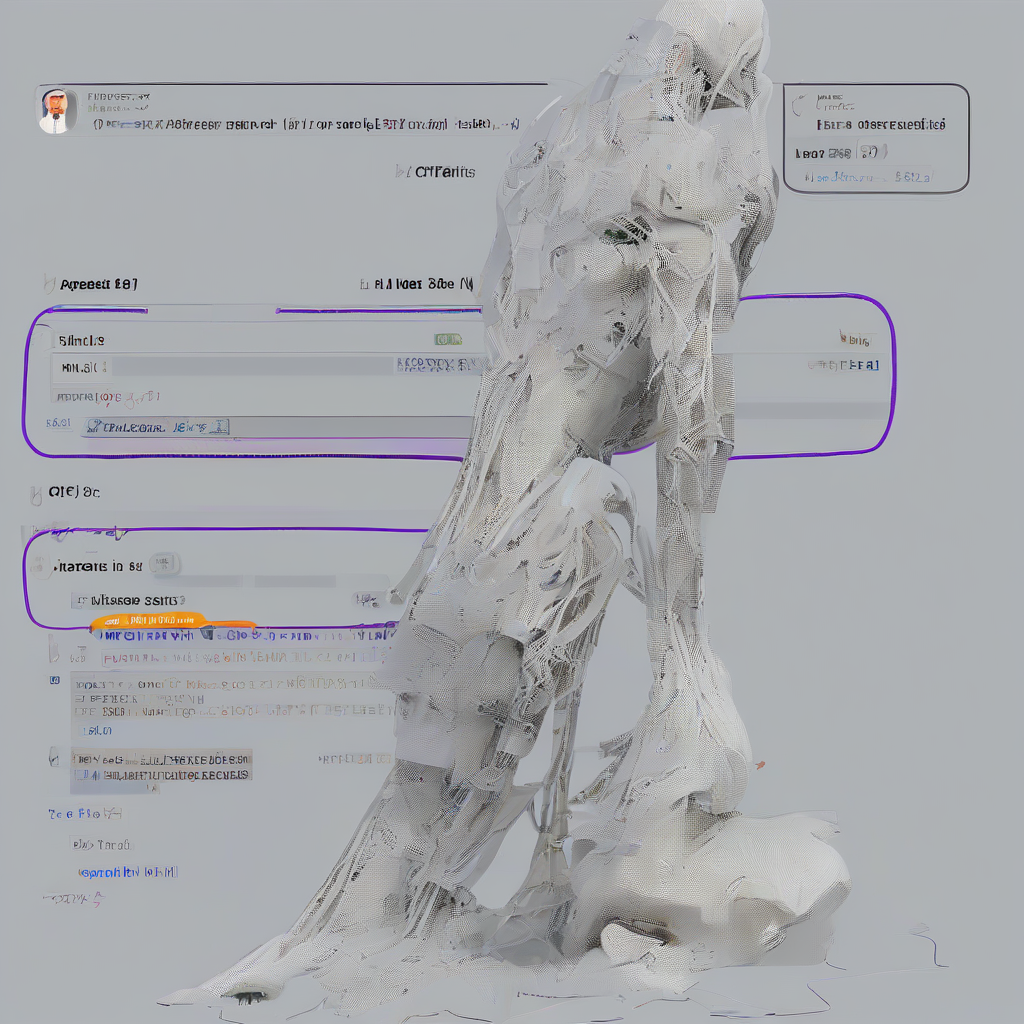Discover Card 0% Interest Balance Transfer: A Comprehensive Guide
In the realm of personal finance, the allure of 0% interest balance transfers is undeniable. It promises the tantalizing prospect of shedding the burden of high-interest debt without any interest charges for a predetermined period. Discover Card, a prominent player in the credit card landscape, offers such a tempting proposition. This guide delves into the intricacies of Discover Card’s 0% interest balance transfer program, providing you with the essential information to make an informed decision.
Understanding Discover Card’s 0% Interest Balance Transfer Program
Discover Card’s 0% interest balance transfer program is designed to entice cardholders burdened with high-interest debt from other credit cards to transfer those balances to their Discover Card account. This transfer comes with a promotional period during which no interest is charged on the transferred balance, allowing you to focus on paying down the principal amount without accruing additional debt.
Key Features of Discover Card’s 0% Interest Balance Transfer:
- **Introductory 0% APR:** This promotional period typically ranges from 12 to 18 months, offering a valuable window to significantly reduce your debt. However, remember that this introductory period is finite.
- **Balance Transfer Fees:** Discover Card charges a balance transfer fee, typically a percentage of the transferred amount. This fee can vary, so it’s crucial to check the terms and conditions before proceeding with a balance transfer.
- **Minimum Payments:** While you enjoy the benefit of 0% interest, you’ll still be required to make minimum payments on your transferred balance. These payments contribute to the principal amount, helping you pay down your debt faster. However, be aware that if you don’t make your minimum payments, you could incur late fees and penalties.
- **Variable APR After Promotional Period:** Once the introductory 0% APR period expires, the interest rate on your transferred balance will revert to the standard variable APR set by Discover Card. This APR can be significantly higher than the introductory rate, so it’s essential to plan your debt repayment strategy accordingly.
- **Transfer Limit:** Discover Card often sets a maximum limit on the amount you can transfer from other credit cards. This limit may vary based on your creditworthiness and account history.
Benefits of Discover Card’s 0% Interest Balance Transfer Program
Leveraging Discover Card’s 0% interest balance transfer program can offer several advantages for those seeking to manage their debt effectively:
1. Debt Consolidation:
Consolidating your high-interest debt onto a single card with a 0% APR can simplify your debt management process. You’ll have fewer minimum payments to track and potentially lower overall interest expenses.
2. Reduced Interest Costs:
The 0% APR during the promotional period allows you to save on interest charges, putting more of your payment towards the principal amount. This can accelerate your debt repayment journey and ultimately reduce the total cost of your debt.
3. Improved Credit Score:
By diligently paying down your transferred balance during the promotional period, you can improve your credit utilization ratio, which is a significant factor in calculating your credit score. This can positively impact your creditworthiness, opening up opportunities for future financial products.
Drawbacks of Discover Card’s 0% Interest Balance Transfer Program
While Discover Card’s 0% interest balance transfer program presents attractive benefits, it’s not without its potential drawbacks:
1. Balance Transfer Fees:
These fees can eat into your savings, especially if you’re transferring a substantial balance. Remember to factor in the transfer fee when calculating the potential savings from the 0% APR.
2. Limited Promotional Period:
The promotional period is finite. If you don’t manage to pay down your transferred balance before the 0% APR expires, you’ll be hit with the standard variable APR, potentially adding significant interest charges to your debt.
3. Risk of Overspending:
The allure of a 0% APR might tempt you to overspend on your Discover Card. It’s crucial to resist this temptation and stick to your budget to avoid accumulating more debt. Remember, the goal is to reduce your existing debt, not to add to it.
Qualifying for Discover Card’s 0% Interest Balance Transfer Program
To be eligible for Discover Card’s 0% interest balance transfer program, you’ll generally need to meet the following criteria:
1. Good Credit History:
Discover Card favors applicants with a strong credit history, typically requiring a minimum credit score of 670 or above. This score reflects your responsible credit management practices and your ability to repay debt.
2. Existing Discover Card Account:
While not always mandatory, having an existing Discover Card account can significantly increase your chances of being approved for the 0% interest balance transfer program. This demonstrates your previous positive relationship with Discover Card.
3. Available Credit Limit:
Discover Card will assess your available credit limit to ensure you have sufficient room to accommodate the transferred balance. If your credit limit is too low, you might not be approved for the transfer, or you may be granted a lower transfer amount.
Applying for Discover Card’s 0% Interest Balance Transfer Program
Applying for Discover Card’s 0% interest balance transfer program is a straightforward process. You can typically initiate the process online, by phone, or through the Discover Card mobile app:
1. Check Your Eligibility:
Before you apply, it’s a good practice to check your eligibility for the 0% interest balance transfer program. Discover Card’s website or app may have a pre-qualification tool that can provide you with an initial assessment.
2. Gather Required Information:
To complete your application, you’ll need to provide your Discover Card account details, the credit card accounts you wish to transfer balances from, and the amount you’re transferring.
3. Submit Your Application:
Once you’ve completed the application form, submit it for review. Discover Card will process your request and notify you of the decision. If approved, you’ll receive instructions on how to proceed with the balance transfer.
Managing Your 0% Interest Balance Transfer Effectively
Maximizing the benefits of Discover Card’s 0% interest balance transfer program requires a strategic approach to managing your debt:
1. Set a Realistic Budget:
Develop a detailed budget that outlines your income, expenses, and debt payments. Allocate sufficient funds to make regular payments on your transferred balance, ensuring you stay on track to repay the debt within the promotional period.
2. Pay More Than the Minimum:
While making the minimum payment is required to avoid late fees, consider paying more than the minimum to expedite your debt repayment journey. The sooner you pay down the principal amount, the less interest you’ll accumulate when the 0% APR expires.
3. Track Your Progress:
Monitor your account regularly to track your progress and ensure you’re making payments on time. You can access your account statement online, through the mobile app, or by contacting Discover Card customer service.
4. Don’t Overspend:
Resist the temptation to overspend on your Discover Card during the promotional period. Use this opportunity to focus on paying down your existing debt, not to accumulate more.
5. Plan for the Future:
As the promotional period nears its end, develop a strategy for the transition to the standard variable APR. If you anticipate difficulties in repaying the balance before the 0% APR expires, consider refinancing your debt to secure a lower interest rate or contacting Discover Card to discuss alternative payment options.
Conclusion
Discover Card’s 0% interest balance transfer program presents a potentially valuable tool for managing high-interest debt. By understanding the program’s features, benefits, and potential drawbacks, you can make an informed decision about whether it aligns with your financial goals. Remember to use this program strategically, setting a realistic budget, making consistent payments, and planning for the future beyond the promotional period.








